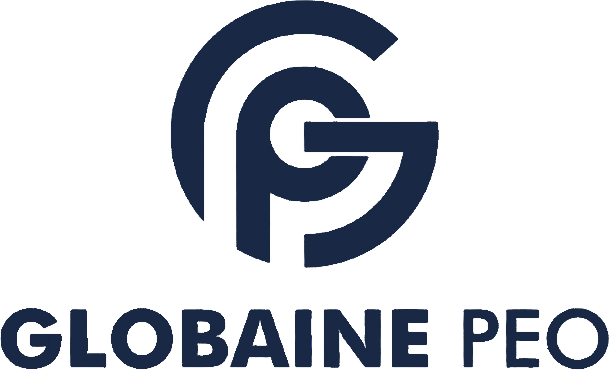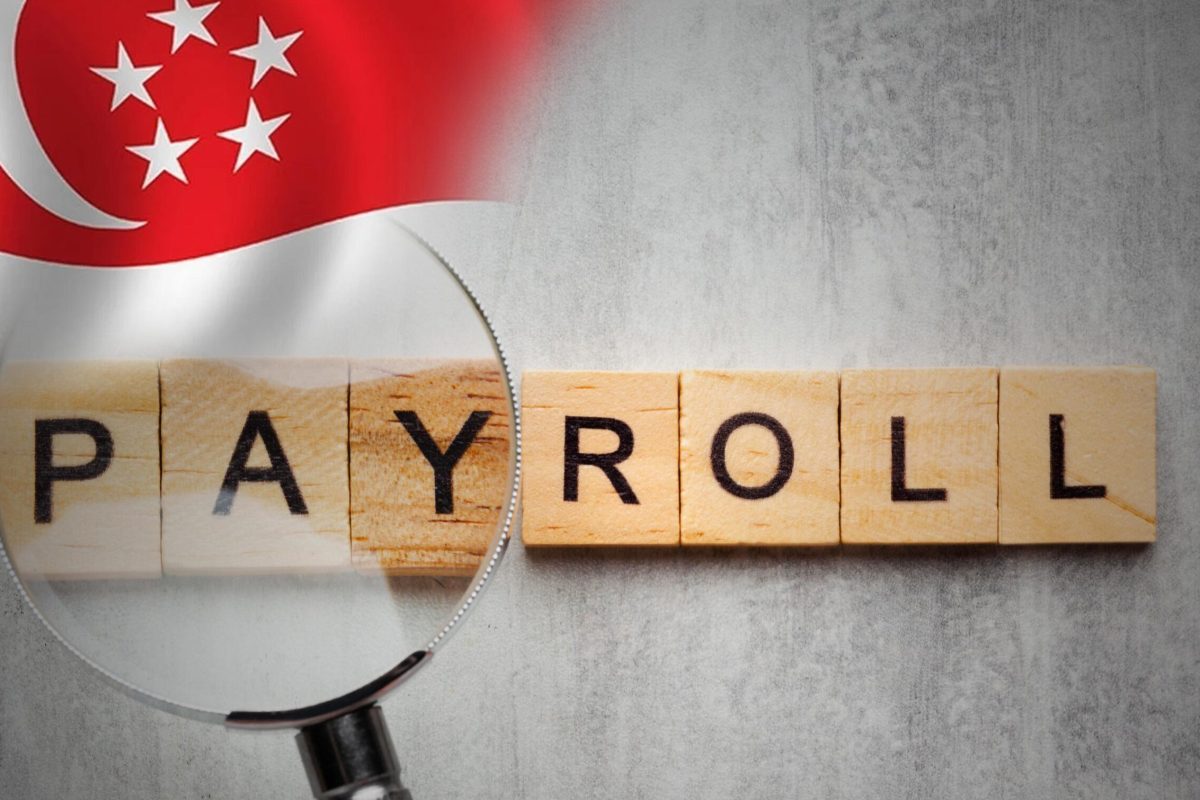Expanding into Singapore provides exciting growth potential for global companies. However, managing payroll in Singapore requires understanding local tax laws, CPF contributions, and other payroll regulations. This guide covers essential aspects to help you set up and manage payroll in Singapore efficiently.
Step 1: Understanding Salary Structure in Singapore 💼
The salary structure in Singapore includes several mandatory and optional components, helping ensure compliance with national regulations and competitive compensation.
Component | Details | Mandatory/Optional |
|---|---|---|
Base Salary | The agreed-upon monthly salary, with no statutory minimum wage, although competitive rates vary by industry. | Mandatory |
Overtime Pay | Paid at 1.5 times the hourly rate for hours worked beyond 44 hours per week, mainly applicable to non-exempt employees. | Mandatory |
Central Provident Fund (CPF) | Employer contributions to CPF apply to Singapore citizens and permanent residents; includes retirement, healthcare, and housing support. | Mandatory (for citizens/PRs) |
Bonuses | Performance-based or incentive bonuses, which may affect taxable income. | Optional |
Health Benefits | Additional private health insurance coverage offered to enhance employee benefits packages. | Optional |
Allowances | Includes transport, meal, or housing allowances, typically subject to taxes. | Optional |
Outcome: Establishing a compliant salary structure in Singapore enhances employer reputation and supports employee satisfaction.
Step 2: Income Tax Withholding in Singapore 🧾
Singapore’s tax system requires employers to withhold income tax for foreign employees and submit it to the Inland Revenue Authority of Singapore (IRAS). Income tax rates are progressive and vary by income level.
Taxable Income Bracket (SGD) | Tax Rate (%) |
|---|---|
0 – 20,000 | 0% |
20,001 – 30,000 | 2% |
30,001 – 40,000 | 3.5% |
40,001 – 80,000 | 7% |
80,001 – 120,000 | 11.5% |
Above 320,000 | 22% |
Note: Singapore tax residents are taxed on income earned in Singapore only. Non-residents face a flat 15% or progressive rate, whichever is higher.
Outcome: Accurate tax withholding ensures compliance, preventing penalties.
Step 3: Central Provident Fund (CPF) Contributions 🏦
Employers contribute to the CPF for Singapore citizens and permanent residents, covering various schemes like healthcare, retirement, and housing.
Contribution Type | Employer Rate | Employee Rate |
|---|---|---|
CPF (Standard Rates) | 17% (for employees aged 55 and below, rates vary with age) | 20% (for employees aged 55 and below, rates vary with age) |
Medisave | Included in CPF contributions for healthcare needs. | Included in CPF contributions |
Outcome: Timely and accurate CPF contributions ensure employees receive full benefits and prevent compliance issues.
Step 4: Payroll Cycle and Timing in Singapore 📅
Employers typically adhere to a monthly payroll cycle for salaried employees, though alternative cycles can be arranged based on business needs.
Payroll Cycle | Description |
|---|---|
Monthly | Standard for salaried employees, aligns with budgeting. |
Bi-monthly | Used in specific industries, offering flexible payment. |
Outcome: Maintaining a consistent payroll cycle supports employee financial planning and ensures compliance with Singaporean laws.
Step 5: Paid Leave and Public Holidays in Singapore 🌴
Singapore provides various paid leave entitlements governed by the Employment Act, along with a set of public holidays.
Leave Type | Entitlement |
|---|---|
Annual Leave | Minimum 7 days for first year, increasing with years of service. |
Public Holidays | 11 recognized holidays per year; additional holidays are employer-discretionary. |
Sick Leave | Up to 14 days, with up to 60 days if hospitalization is required. |
Maternity Leave | 16 weeks for eligible employees, under government-paid maternity leave schemes. |
Paternity Leave | 2 weeks for eligible fathers, covered by government support. |
Outcome: Proper leave management aligns with regulations and supports employee satisfaction.
Step 6: Managing Payroll for Foreign Employees in Singapore 🌏
Foreign employees are generally subject to the same payroll and tax obligations, but certain considerations apply:
Residency Status: Determines applicable tax rates and whether worldwide or local income is taxed.
Work Permits and Visas: Required for lawful employment of foreign workers, including Employment Passes or S Passes.
Double Taxation Agreements (DTAs): Singapore has DTAs with multiple countries, reducing tax burdens on foreign income.
Outcome: Careful management of foreign employees’ payroll ensures compliance and fosters positive working relations.
Step 7: Payroll Compliance and Reporting in Singapore 📊
Payroll compliance requires accurate and timely reporting to the Inland Revenue Authority of Singapore (IRAS) and adherence to national payroll regulations.
Requirement | Frequency | Details |
|---|---|---|
Income Tax Withholding | Monthly | Employers remit withheld taxes to IRAS for foreign employees. |
CPF Contributions | Monthly | CPF contributions for citizens and PRs must be deposited monthly. |
Payroll Recordkeeping | Ongoing | Employers must retain payroll records for 5 years for audit purposes. |
Outcome: Meeting payroll compliance requirements ensures smooth operations and reduces the risk of legal complications.
Step 8: Social Security and Additional Contributions in Singapore 🏥
The CPF system requires contributions from both employers and employees to cover retirement, healthcare, and other welfare needs.
Contribution Type | Employer Responsibility | Employee Responsibility |
|---|---|---|
Central Provident Fund | Up to 17% (varies by age and salary) | Up to 20% (varies by age and salary) |
Medisave (Healthcare) | Included in CPF contributions, aiding healthcare needs. | Included in CPF contributions. |
Outcome: Accurate CPF contributions guarantee employee access to social benefits and legal compliance for employers.
Conclusion: How GlobainePEO Can Help with Payroll in Singapore 🌐
GlobainePEO specializes in managing all aspects of payroll in Singapore, from calculating and withholding taxes to ensuring timely social security and housing fund contributions. By partnering with GlobainePEO, you ensure full compliance with Singapore’s payroll regulations, streamline your payroll processes, and focus on expanding your business with confidence.

